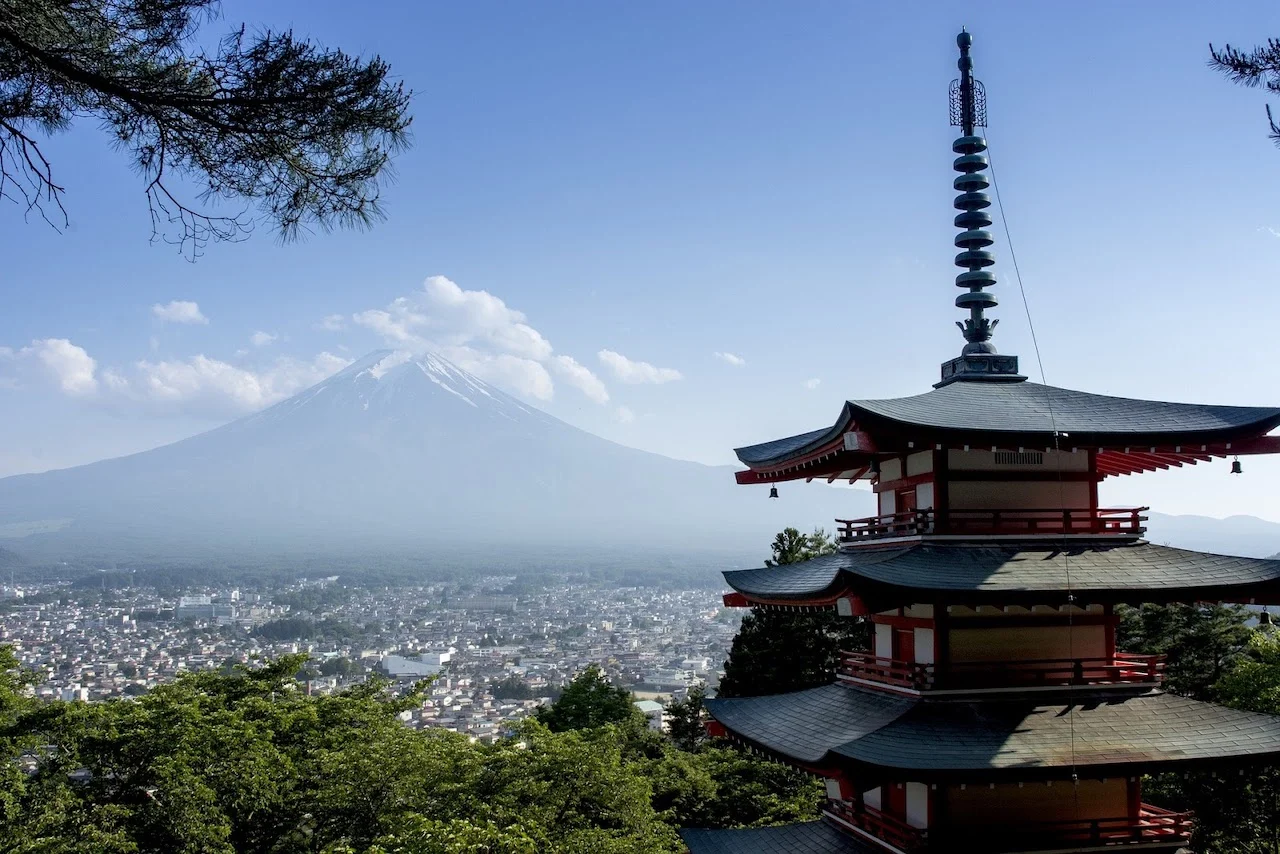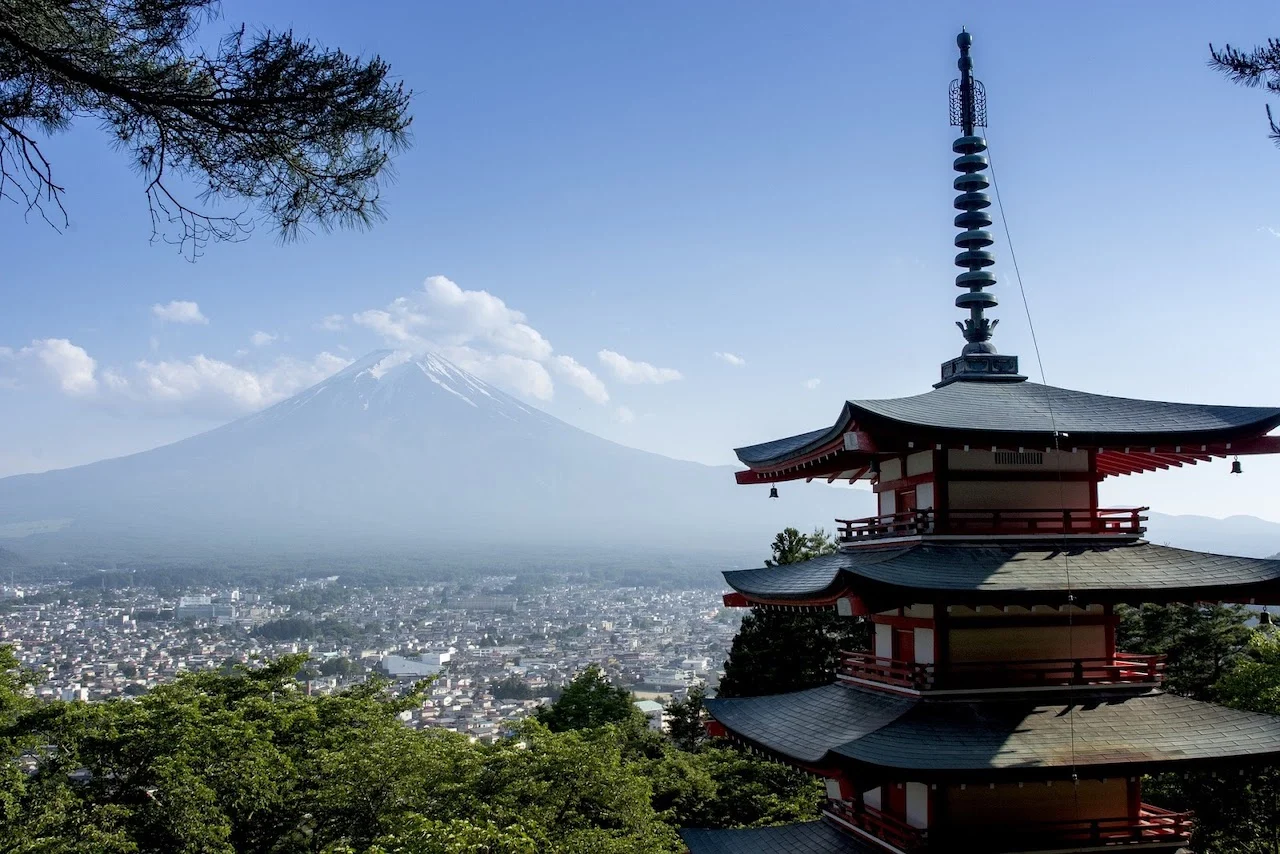
October 28, 1707 - The Great Japan Earthquake of 1707
The Oct. 28, 1707 Hōei earthquake struck south-central Japan at 2 p.m. local time. At the time, it was the largest earthquake in Japanese history.

The Oct. 28, 1707 Hōei earthquake struck south-central Japan at 2 p.m. local time. At the time, it was the largest earthquake in Japanese history. Photo: Pixabay.
Subscribe: Apple Podcasts | Amazon Alexa | Google Assistant | Spotify | Google Podcasts | iHeartRadio | Overcast
Japan is located along an intersection of four tectonic plates. As a result of this, a tremor occurs in the country every five minutes at least. This results in a total of 2,000 quakes each year, which is a recipe for disaster.
The Oct. 28, 1707 Hōei earthquake struck south-central Japan at 2 p.m. local time. At the time, it was the largest earthquake in Japanese history. This stood for 304 years until the 2011 Sendai earthquake, which destroyed the Fukushima Daiichi Nuclear Power Plant.
But this very early 18th century quake caused severe damage throughout southwestern Honshu, Shikoku and southeastern Kyūshu. The earthquake was powerful enough to trigger an accompanying destructive tsunami, which alone caused more than 5,000 deaths.
This 1707 event ruptured all of the segments of the Nankai megathrust simultaneously, the only earthquake known to have done this, with an estimated magnitude of 8.6 or 8.7. It is also reported to have triggered the last eruption of Mount Fuji some 49 days later.
On today's podcast, Chris Mei talks about the infamous 1707 earthquake, its catastrophic damage and specific details on what made it so devastating.
"This Day In Weather History” is a daily podcast by The Weather Network that features unique and informative stories from host Chris Mei.
